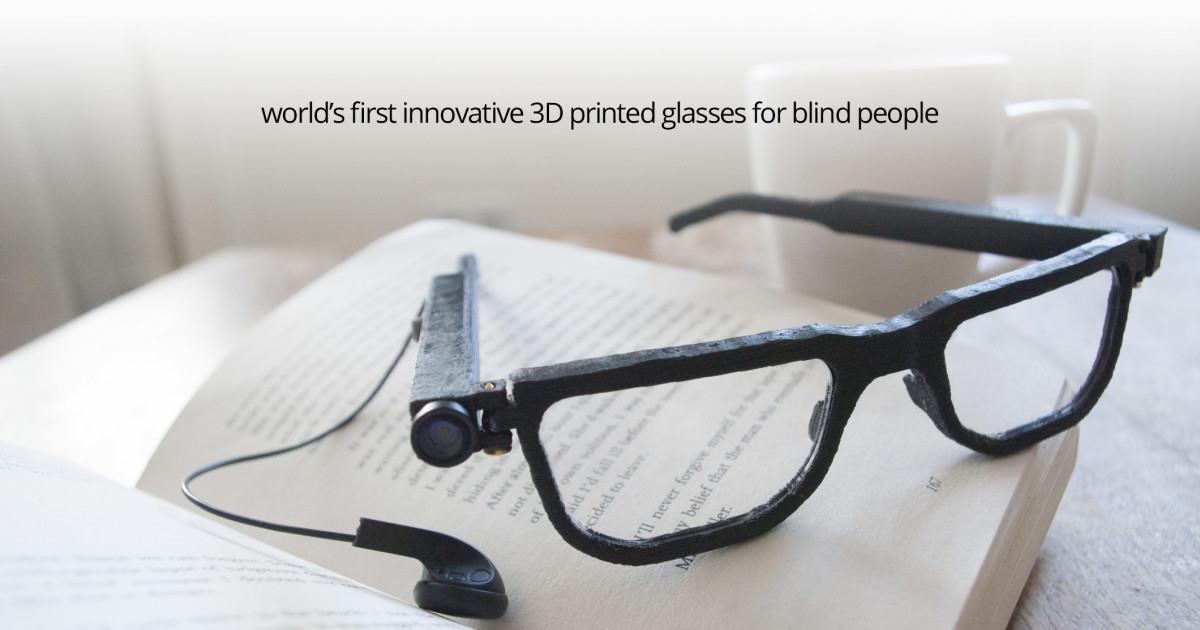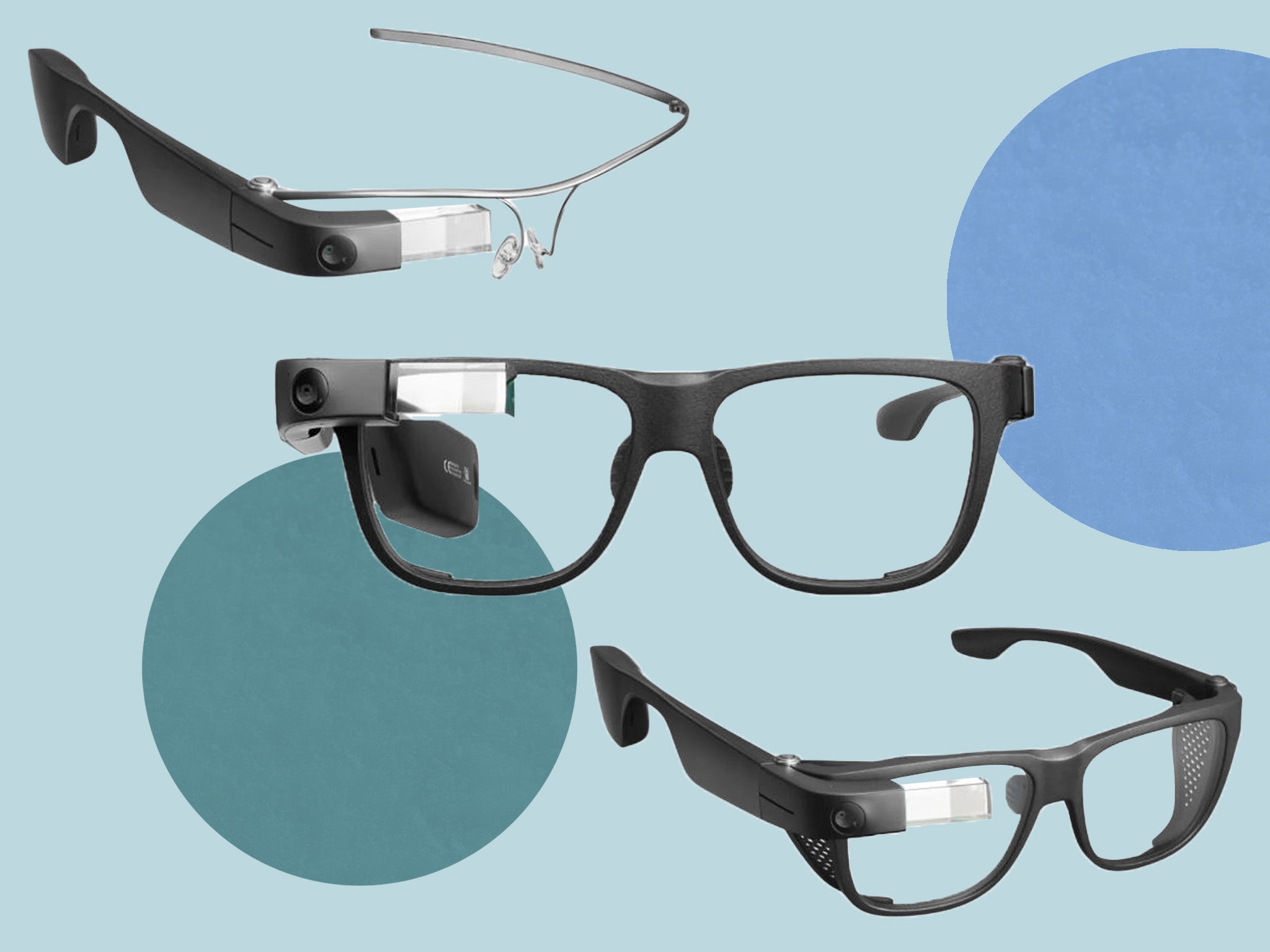Speech-to-Text Devices for Low Vision Users: Enhancing Communication and Productivity
Speech-to-Text Devices for Low Vision Users: Enhancing Communication and Productivity
Blog Article
Enhancing Availability With Assistive Technology for the Blind
The assimilation of assistive innovation for the blind represents a critical advancement in access, fundamentally altering just how people navigate their environments and engage with society. As we check out the varied kinds of assistive tools and their concrete influences on day-to-day living, it comes to be essential to check out just how recurring technical advancements are reshaping the landscape of assistance for the blind community.
Summary of Assistive Modern Technology
Assistive innovation describes a variety of gadgets and software program developed to enhance the capacities of individuals with handicaps, including those who are blind or aesthetically damaged. This technology plays a crucial function in promoting independence and improving the lifestyle for users. By giving alternative methods for accessing info and carrying out daily tasks, assistive innovation equips people to navigate their settings better.
The advancement and execution of assistive modern technology embrace a selection of principles targeted at fostering availability. These concepts consist of user-centered style, which focuses on the demands and choices of the individual, and the combination of modern technology right into day-to-day activities. Such advancements make certain that assistive tools are not only functional yet very easy and also intuitive to use.
Moreover, assistive modern technology includes a diverse spectrum of options, from low-tech options like magnifiers to state-of-the-art technologies such as screen readers and Braille display screens. The ongoing development of this area is driven by the demand to resolve the special challenges dealt with by people with aesthetic disabilities (Wearable technology for low vision). As innovation proceeds to advance, the possibility for boosting availability and advertising inclusivity stays appealing, eventually adding to a much more equitable culture

Kinds Of Assistive Devices
Countless kinds of assistive gadgets are readily available to sustain individuals that are aesthetically damaged or blind, each developed to address certain demands and difficulties. These devices can be extensively classified into three main types: low-tech, mid-tech, and sophisticated remedies.
Low-tech devices include items such as magnifiers, Braille labels, and tactile maps. These are fairly basic tools that improve the customer's capability to communicate with their environment without calling for intricate innovation.
Mid-tech tools frequently entail much more advanced attributes, such as electronic magnifiers and mobile Braille note-takers. These devices can provide capabilities like speech result, enabling users to gain access to info a lot more effectively.

Effect on Daily Living
The schedule of various assistive gadgets substantially improves the high quality of life for people who are blind or visually impaired, impacting their day-to-day living in extensive ways. By incorporating innovations such as display viewers, Braille displays, and audio description services into their regimens, customers get better freedom and freedom. These devices facilitate accessibility to information, enabling individuals to do day-to-day tasks, such as reviewing e-mails, navigating public rooms, and appreciating media web content.
Additionally, assistive gadgets equip individuals to engage even more totally in social interactions and area tasks. The capability to utilize smart devices outfitted with access attributes enables smooth interaction and link with others. This connection cultivates a feeling of belonging and minimizes sensations of isolation.
In specialist settings, assistive innovation sustains performance by allowing individuals to complete job jobs effectively. Devices like voice acknowledgment software application and specialized magnifying tools allow customers to take part in the labor force on equal ground with their sighted peers.

Developments in Innovation
Current technical innovations have actually considerably transformed the landscape of devices offered for people that are aesthetically impaired or blind. The combination of expert system (AI) and artificial intelligence has triggered applications that enhance navigation and item recognition. Smartphone apps can currently use AI to identify and explain environments in real-time, offering customers with useful contextual information.
Additionally, innovations in haptic modern technology have brought about the development of clever walking canes geared up with sensing units that discover obstacles and supply tactile feedback. This encourages customers to navigate their environment with raised self-confidence and freedom. Furthermore, technologies in text-to-speech software and braille displays have enhanced the availability of electronic material, enabling seamless interaction with various media.
Wearable technologies, such as smart glasses, are also making strides in assisting visual disability. As technology proceeds to progress, the capacity for also more transformative devices stays on the perspective.
Future Trends and Innovations
As modern technology quickly progresses, the future of assistive devices for people that are blind holds tremendous assurance. Innovations in expert system (AI) and machine learning are poised to revolutionize the method blind individuals engage with their settings. For instance, AI-driven applications are being developed to improve things recognition, enabling users to determine and browse their surroundings with greater convenience and precision.
Moreover, advancements in haptic feedback innovation are enabling the production of responsive maps and navigating help that click reference give real-time info with touch. navigate to these guys These advancements not only boost flexibility but additionally foster freedom. In addition, wearable gadgets outfitted with augmented reality (AR) attributes are arising, offering individuals visual details through audio summaries, thus linking the void between the physical and electronic globes.
Moreover, the combination of clever home innovation presents new possibilities for availability, enabling individuals to regulate their living environments through voice commands or smart device applications. As cooperation between technology developers and the blind area proceeds, the emphasis on user-centered style will certainly guarantee that future advancements are customized to fulfill the one-of-a-kind demands of this population (Wearable technology for low vision). The trajectory of assistive technology guarantees an extra inclusive and empowering future for people that are blind
Conclusion
To conclude, assistive technology plays a crucial duty in enhancing availability for individuals with visual impairments. The diverse variety of tools, including display readers and clever canes, considerably boosts daily living and fosters independence. Continual innovations in modern technology and user-centered design guarantee that these devices provide effectively to the one-of-a-kind demands of the blind neighborhood. As innovations development, boosted inclusivity and empowerment can be anticipated, eventually enriching the high quality of life for those influenced by visual impairments.
The assimilation of assistive technology for the blind stands for a pivotal advancement here are the findings in access, fundamentally modifying exactly how people browse their settings and involve with culture.Assistive modern technology refers to an array of tools and software application created to improve the abilities of individuals with handicaps, consisting of those that are aesthetically impaired or blind. Wearable technology for low vision.As technology swiftly progresses, the future of assistive devices for individuals that are blind holds enormous guarantee. The trajectory of assistive modern technology promises a more inclusive and empowering future for people who are blind
In final thought, assistive modern technology plays an essential role in boosting ease of access for individuals with visual problems.
Report this page